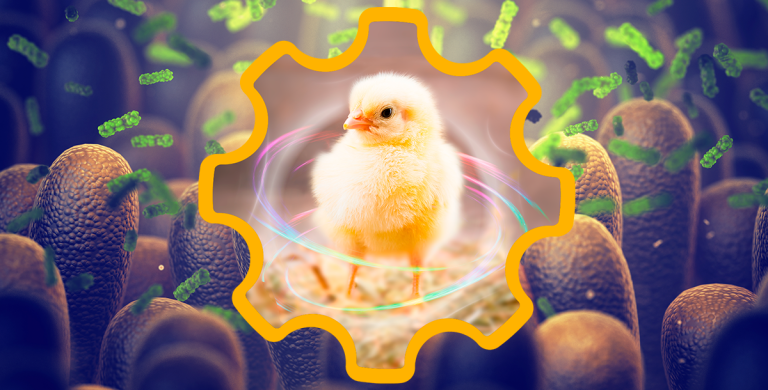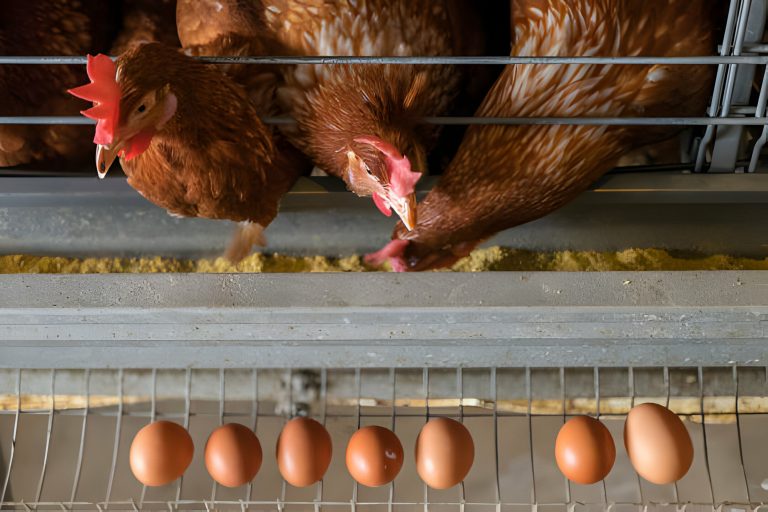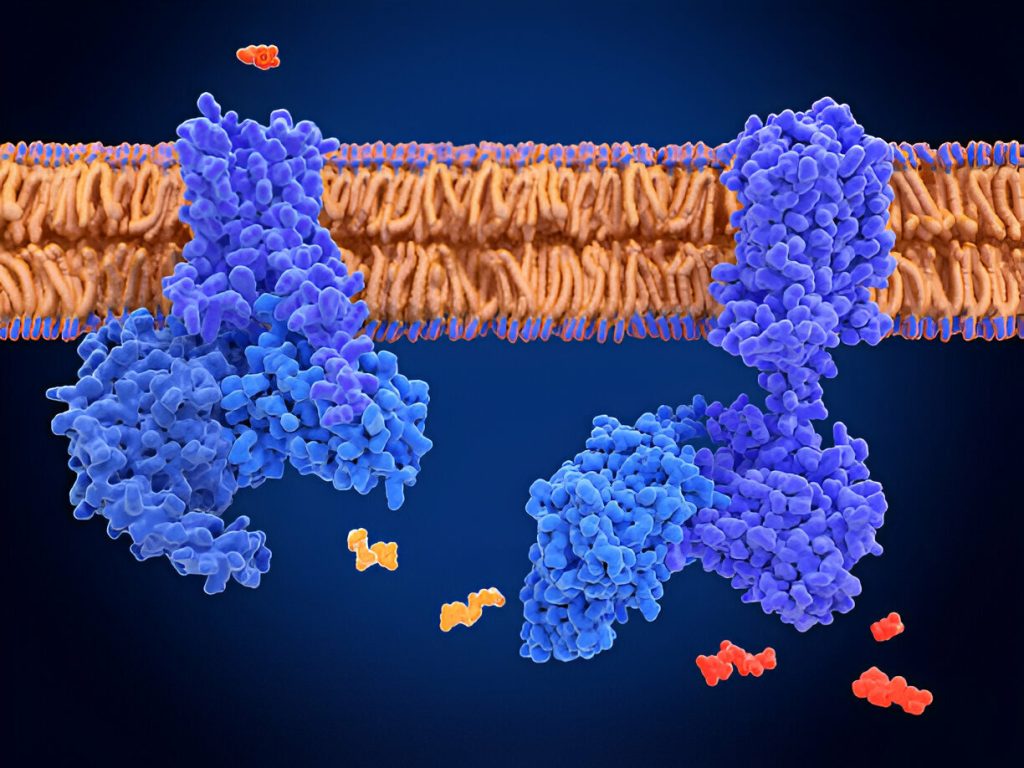
Utku Kutu
Veterinary Medicine
The use of exogenous feed enzymes in poultry diets is becoming the norm to overcome the negative effects of anti-nutritional factors and improve digestibility of dietary components and animal performance.

Studies demonstrating the value of adding enzyme preparations to barley-based diets reported in the 1950s and 1960s represent the pioneering use of enzymes in feed.
Studies on the use of phytase began in the 1970s to better phosphorus digestibility in plant feed ingredients.
It took another 10 to 20 years for non-starch polysaccharide (NSP) enzymes and phytases to become available in commercial quantities. Enzymes as a product group were included in the European regulations for use in animal nutrition in 1993 (70/524/EEC).

In recent years, the chemistry of target substrates in feed ingredients has been better understood and detailed studies on the production of individually enzymes for individual substrates have become possible.
Enzymes are classified separately according to the substrate they affect and their mechanism of action in order to ensure that poultry animals benefit more from plant-based feeds and to protect animal health.
According to the substrate they affect;
- NSPase
- Protease
- Phytase
According to the mechanisms of action;
- Enzymes that release energy
- Energy-conserving enzymes
Substrates in feed additives can be divided into 3 basic groups
- Substrates on which birds produce appropriate enzymes in their digestive systems (Starch, proteins, lipids)
- Substrates where enzymes are not produced and digested by birds (Cellulose)
- In addition to the enzymes not being produced and digested by birds, substrates that have antinutritive effects (β-glucans, β-mannans, pentosans, phytate)
Enzyme selection in poultry nutrition is important in terms of intestinal health management because although endogenous enzymes produced are sufficient, 10 to 20 percent of starch, protein, lipid and similar substrates are excreted without being digested.
For more technical information and data on Feed Additives Products – Contact us

